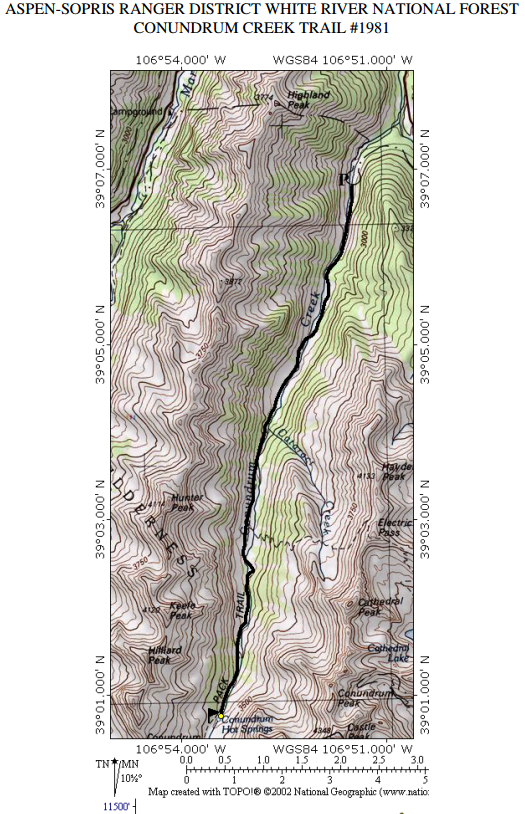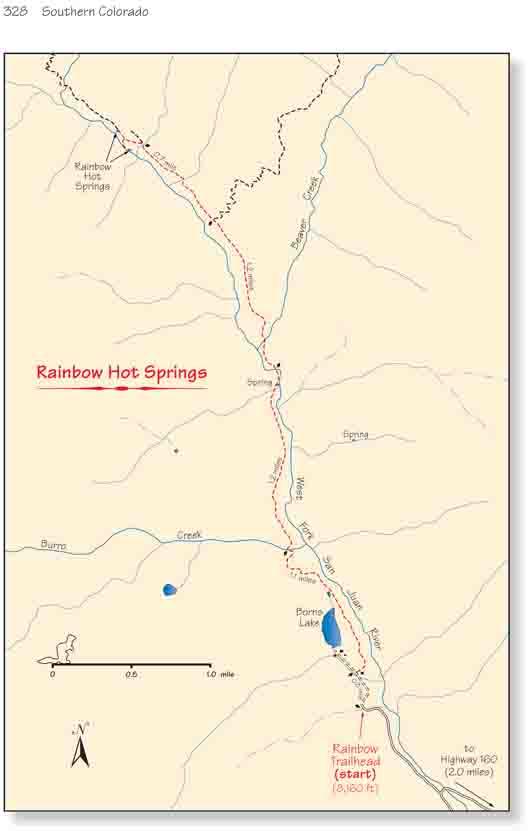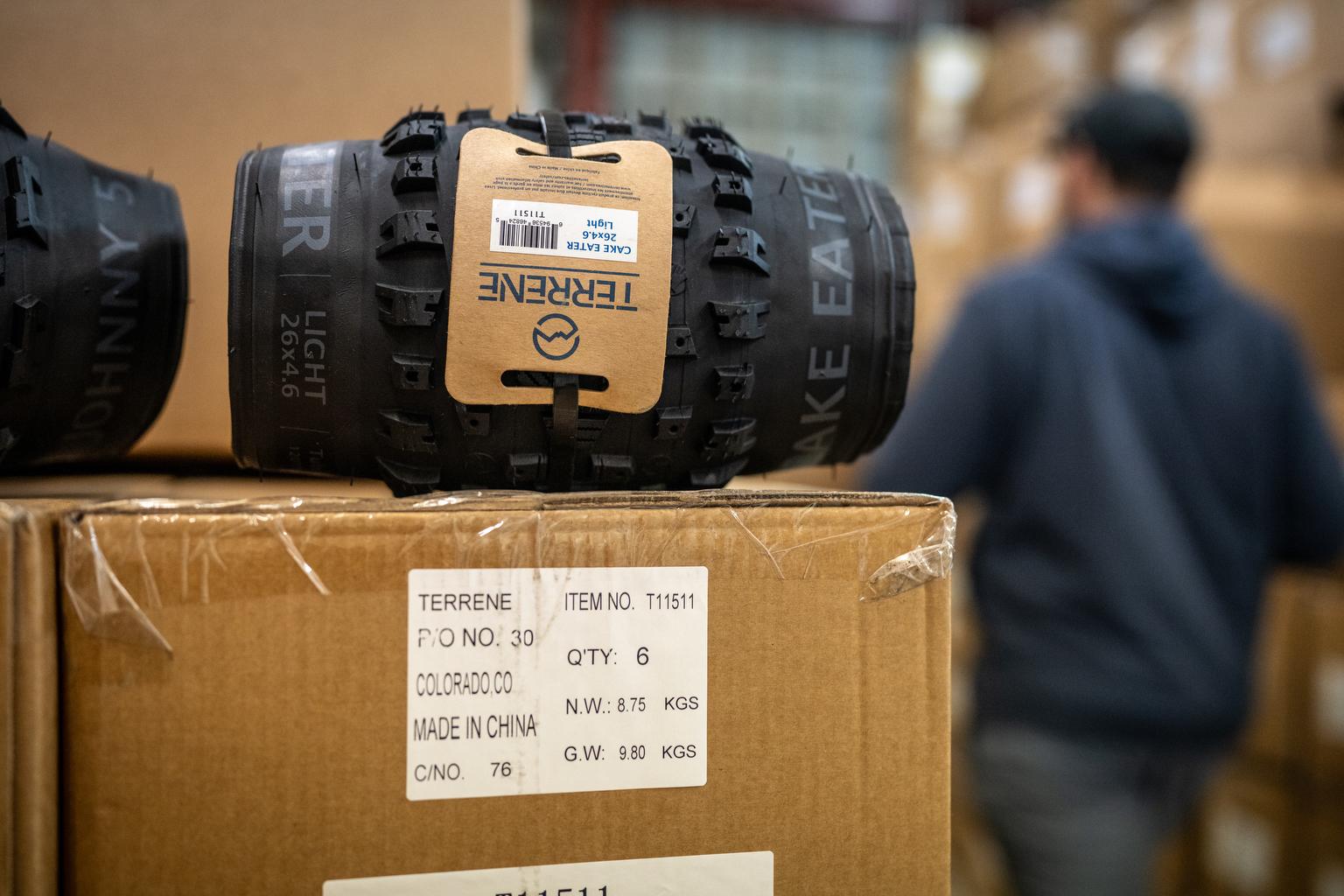
When Deborah Frazier published her first guide to Colorado hot springs in 1996, she questioned the future of Conundrum-- an historically overused location.
“What spell, what charm will protect this place?” she wrote.
Over 20 years later, that spell still has yet to be cast.
“The trees have been cut down for firewood. There are piles of human waste complete with toilet paper,” Frazier said recently. “And dog waste and hundreds of pounds of trash left there. There's bacteria in the water and on some weekends ... lots of drunks and druggies."
Conundrum is what Frazier calls a “wild” hot spring-- one that is free and open to the public. The pools sit at the head of a steep and spectacular valley in the Elk Range outside of Aspen. To get there you have to drive 5 miles up and out of town, where you park to start backpacking another 8.5 miles up a trail to the hot springs and campground near timberline.
It’s not the easiest place to access-- net elevation gain is 3,025 round trip-- but that doesn’t stop dedicated hikers.
But its wildness might soon be tamed. The White River National Forest manages the spot, and is currently drafting an Overnight Visitors Use Management Plan to consider ways to combat the general overuse of the Maroon Bells-Snowmass Wilderness, of which Conundrum is a part.
The plan will look at the 10 years of data collected on things like illegal fire rings and campsites, and the lack of regard for dog leash laws. In the end, the plan could suggest the use of a permit system to limit the number of campers allowed to stay overnight.
Currently, the Indian Peaks Wilderness, along the Continental Divide between the Front Range and the Fraser River Valley, is the only other federal land that uses an overnight permit system in Colorado.

Karen Schroyer, the district ranger for Aspen-Sopris, said she doesn’t have a position on whether a permit system is the best option; she just knows that right now “the current situation isn’t working.”
“We've only got 18 dispersed, designated campsites up there,” Schroyer said. “And on a busy weekend, we'll see upwards of 300 people camping in the area. And 18 campsites isn't going to hold 300 people, so you can imagine where they are spreading out. And we're just seeing a lot of resource damage."
Schroyer said the data collected in the Maroon Bells-Snowmass Wilderness shows a 258 percent use increase of Conundrum since 2006, and that the numbers support “the need for some management changes in that area.” That includes the average 40 pounds of trash that wilderness rangers carry out every weekend.
“We've also noticed that it's become a very popular destination for college students,” Schroyer said. “It's a long hike in there… But I guess they don't mind hiking that far. It's incredible the things they take up with them too; they'll carry in cases of beer, and boomboxes. You name it.”
She even heard a story of a bachelor party whose members brought an inflatable doll into the water to party with them.
“It's unfortunately become kind of a place where almost anything goes,” Schroyer said. “And it's really sad, because somebody who might want to go up there for a true wilderness experience is not going to experience that at all."
She understands that guide books like Frazier’s are part of the reason Conundrum is now on many bucket lists, but she’d rather the hotspot be included -- along with updated information on how to appropriately act in a wilderness area.
"If we can get our message out with a glossy page article or with a guide book, then we feel like we're better off than not mentioning the area at all,” Schroyer said.
Frazier said she understands the concerns, and strives to be transparent about what travelers will encounter and how important it is they follow the rules.
“To omit mention of Conundrum Hot Springs in a guidebook would be an act of kindness and conservation,” Frazier said in her most recent edition. “But leaving it out is silly because it isn’t a secret.”
Frazier recounts how on one trip she had to keep her nose and face covered from the rancid stench of human waste, and how the pools have tested positive for E. coli from the nearby contamination. She believes the permit system is long overdue.
“Their responsibility is to preserve it for future generations,” Frazier said. “Today, because of the overuse, it looks quite different than it does 10 or 20 years ago. That area is just getting pounded.”
Another hot springs on Frazier’s “wild” list is Rainbow in the Weminuche Wilderness Area in the San Juan National Forest, north of Pagosa Springs. According to Paul Blackman, forest service supervisor of recreation for the Pagosa Springs District, Rainbow is one of the more popular destinations in the area, but he wouldn’t go as far as calling it a “party spot.”
“I don't want to paint a picture that's too rosy about Rainbow Hot Springs,” Blackman said. “It definitely gets overcrowded and we patrol it quite a bit, and it's on a lot of people's to-do list. But there's still days or weeks that go by and we won't have anyone there. So it's kind of a mixed bag."

Blackman said that the Weminuche Wilderness Area has never considered a quota system to restrict access to any of its areas, but they had decided to move forward with a permit system to simply track use of the area.
"We subsequently abandoned that effort due to a very large budget cut that our recreation program unexpectedly received,” Blackman said. “And we just didn't feel we had the ability to enforce or even administer a permit system at that point.”
If they could afford it, Blackman said that the permit system would more than likely already be in place.
"It's a fairly controversial issue,” Blackman said. “We have large portions of the Weminuche Wilderness that are seldom visited, and communities around those areas are resistant to a permit system. And then we have areas outside say Durango, that are heavily, heavily used with lots of impacts. And so we have to balance the considerations there between lesser-use areas and the impacts to communities of a permit system."
Schroyer doesn’t know where the Overnight Visitors Use Management Plan will lead, but in the end she’s hoping it will allow them to make changes when it’s needed.
“Conundrum is definitely a magnet area right now. It's a hot spot in terms of visitation,” Schroyer said. “But we also see other areas in the wilderness that are increasing in use. So this management plan is looking big picture across the entire Maroon Bells Snowmass Wilderness, and it will allow us to adapt and make those management changes when we see that certain thresholds are going to be exceed in the future."









